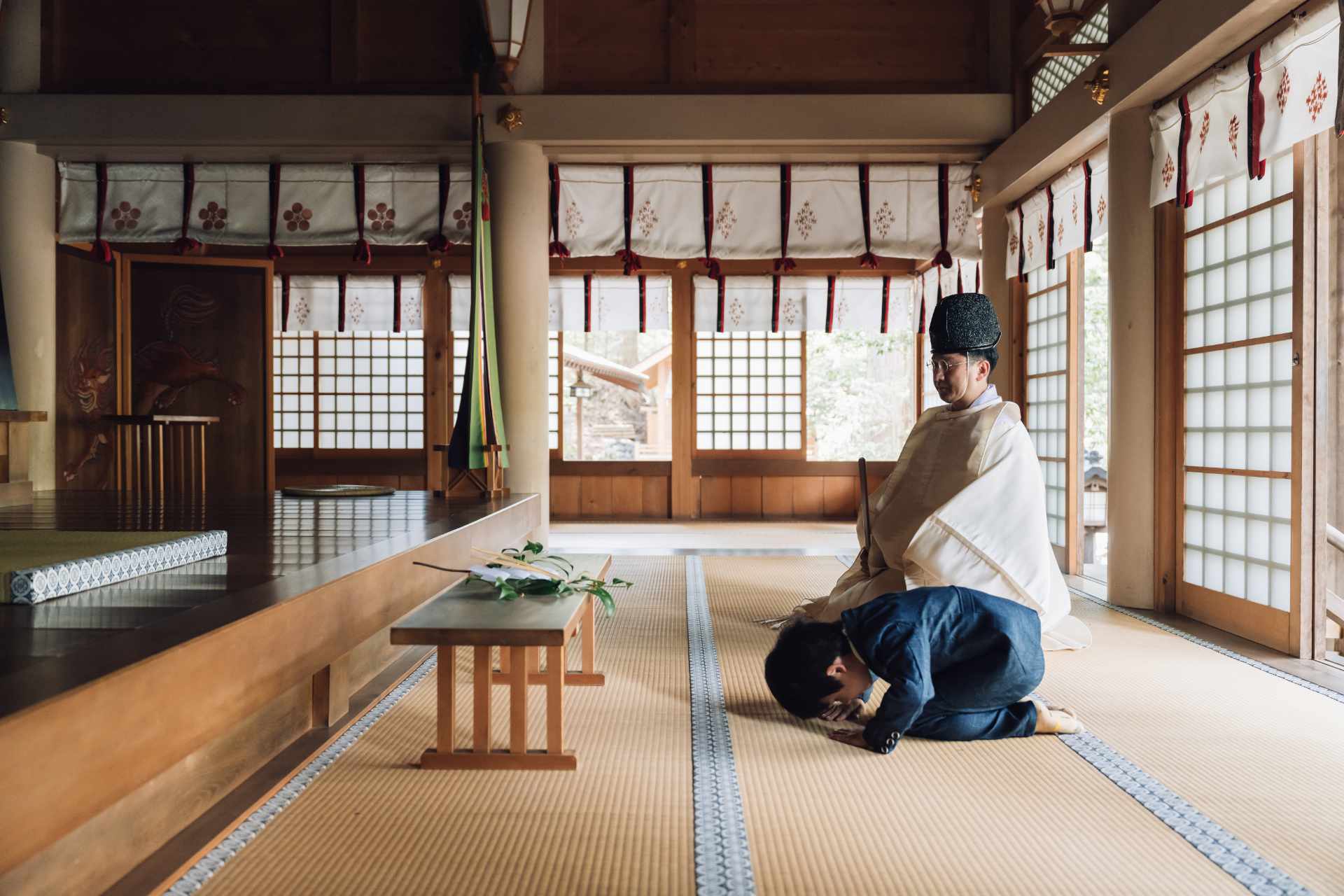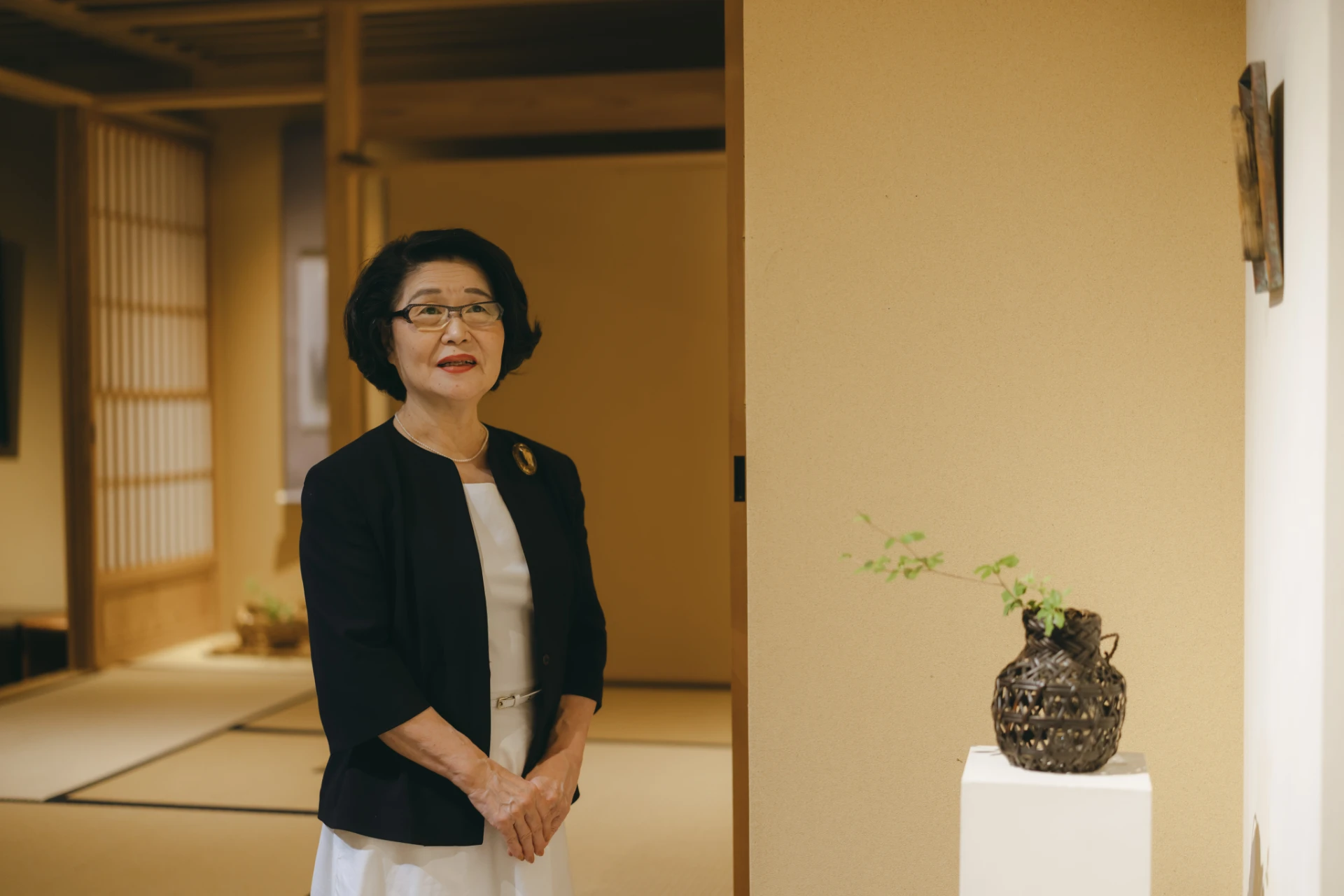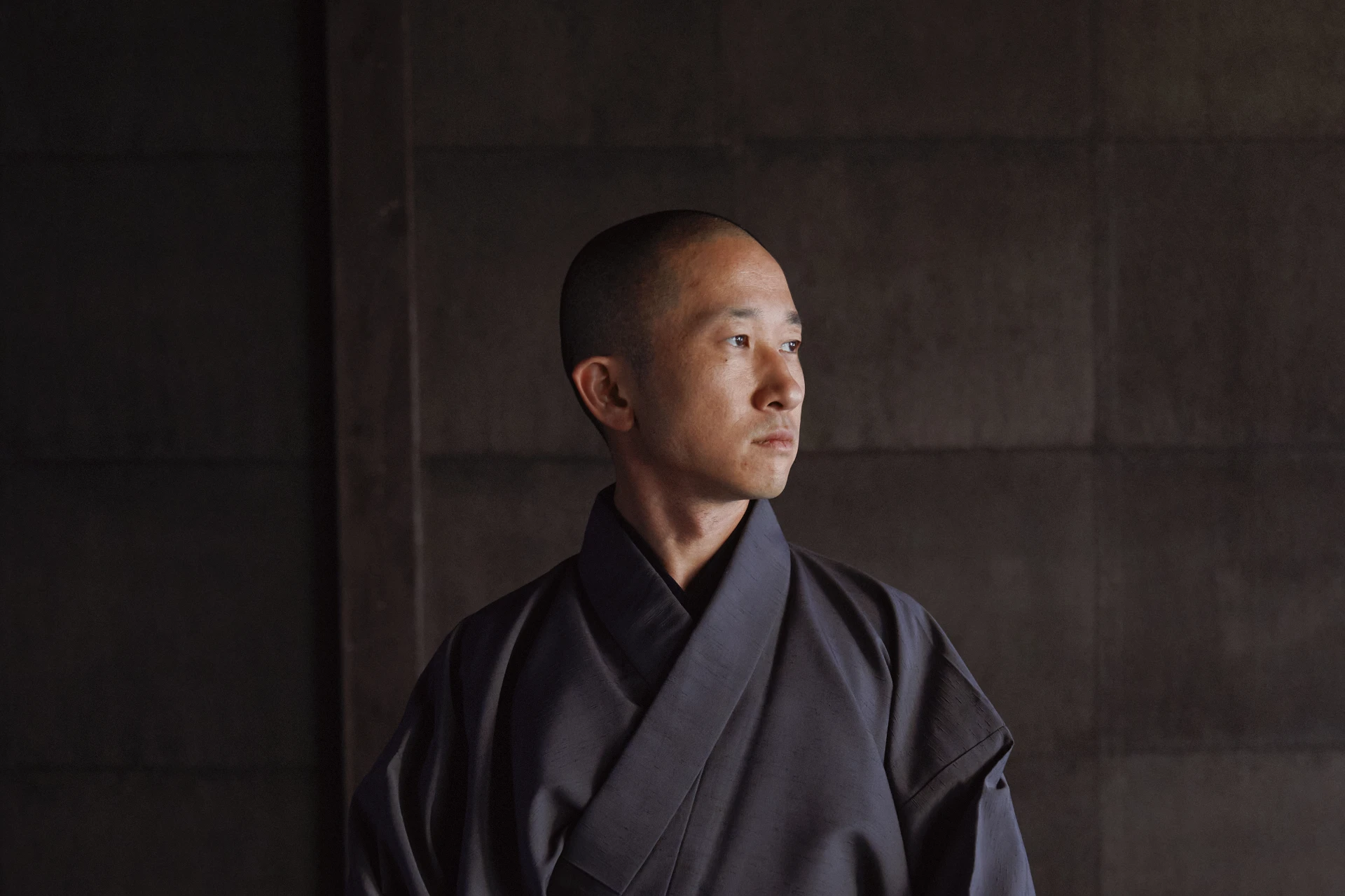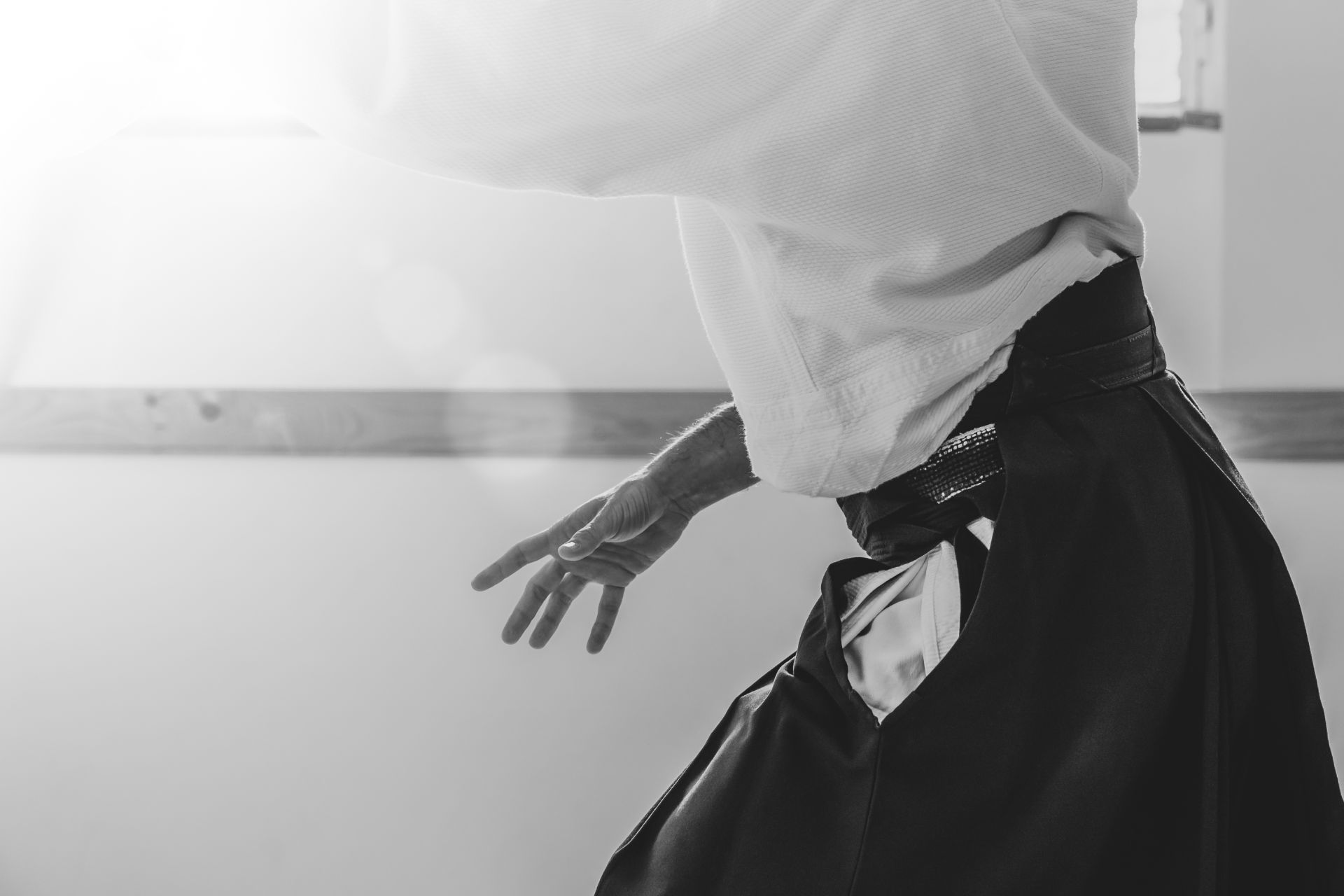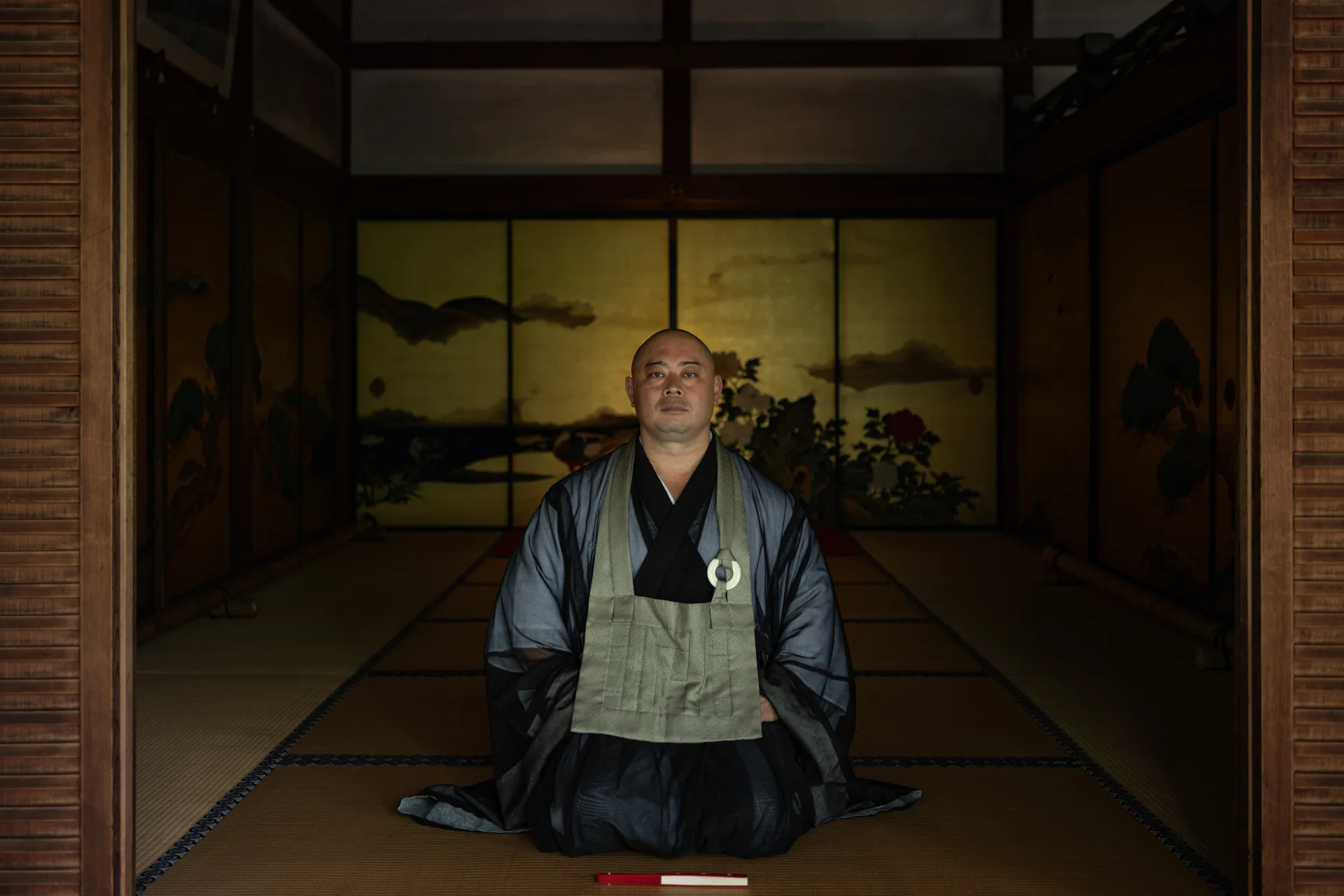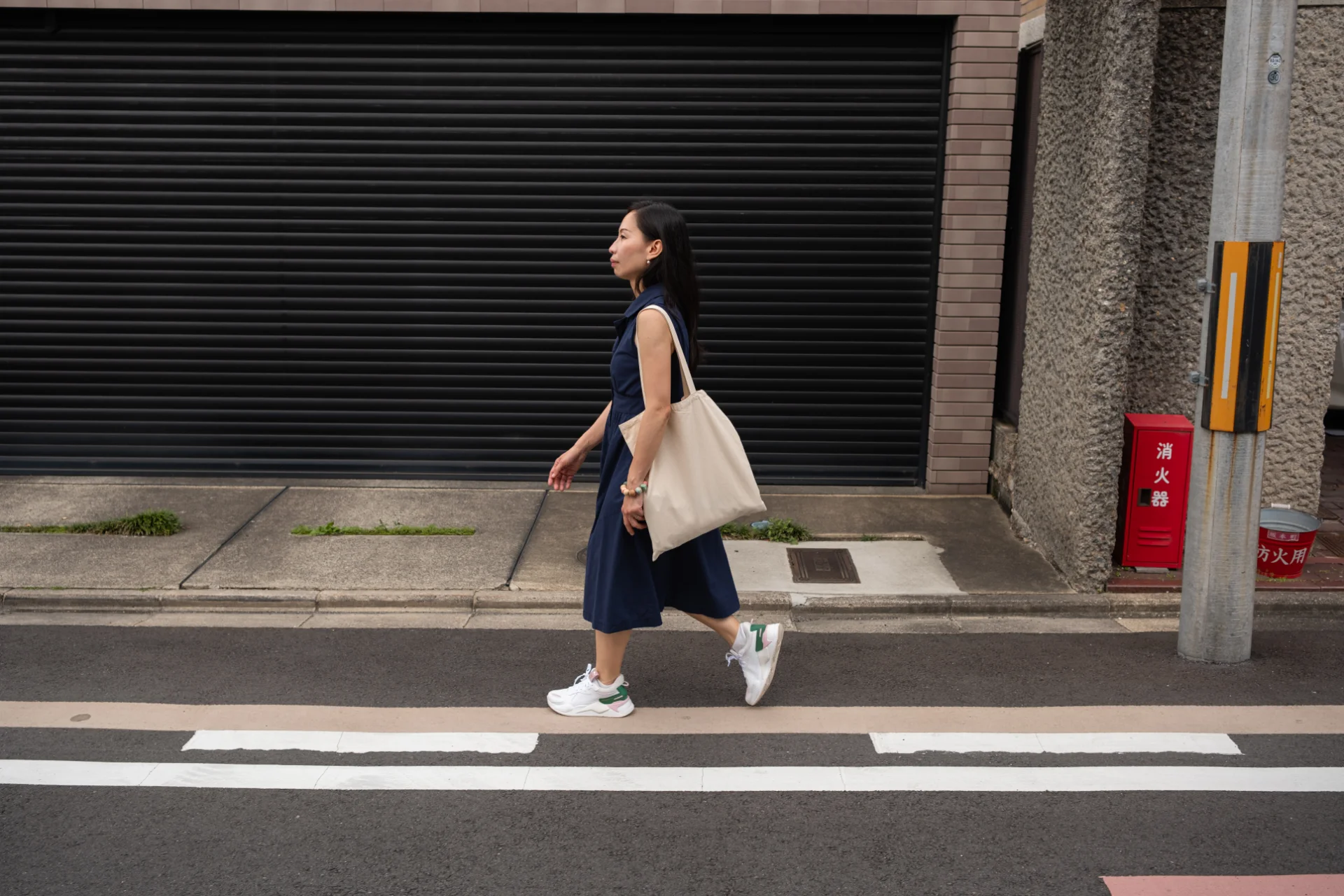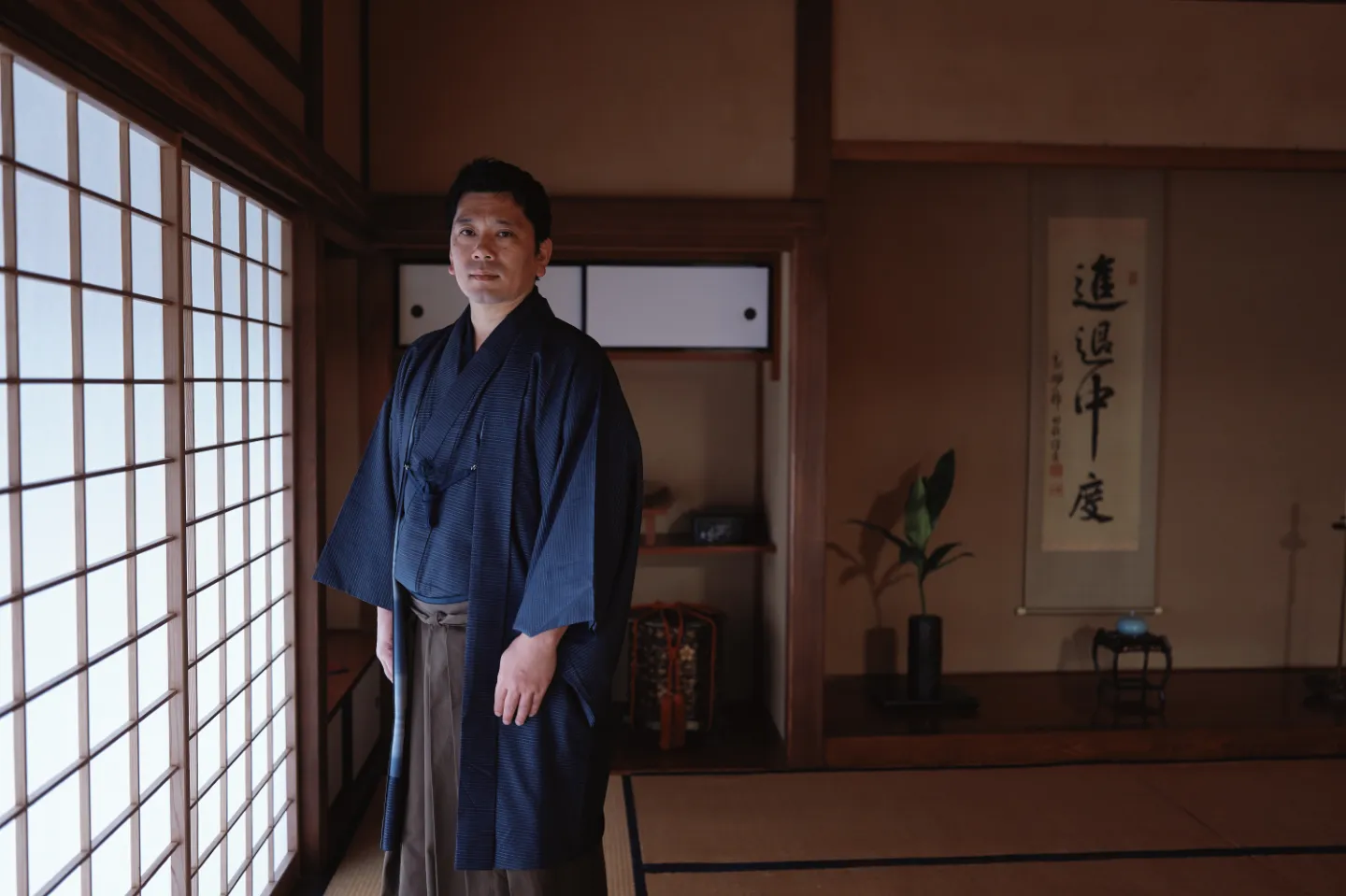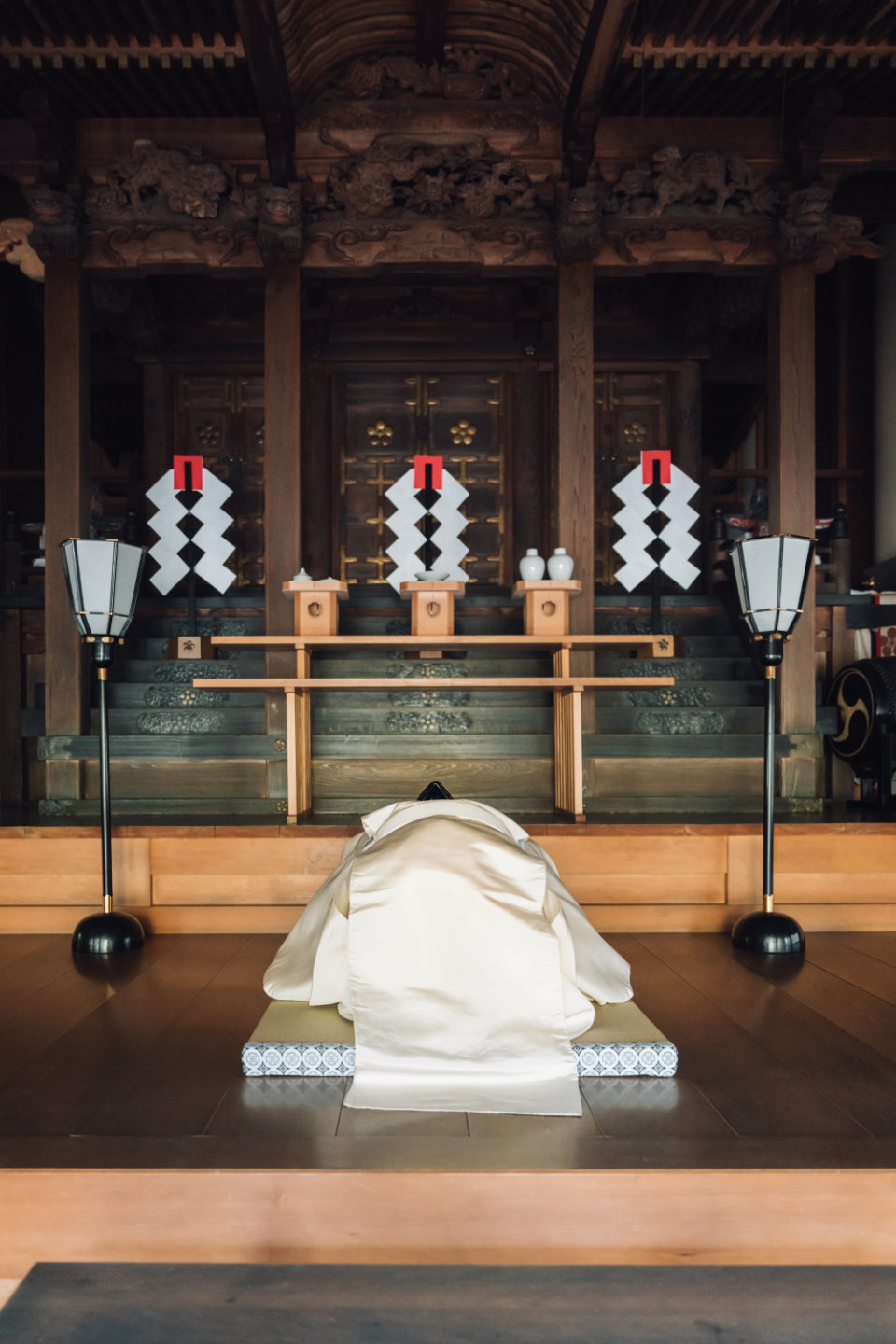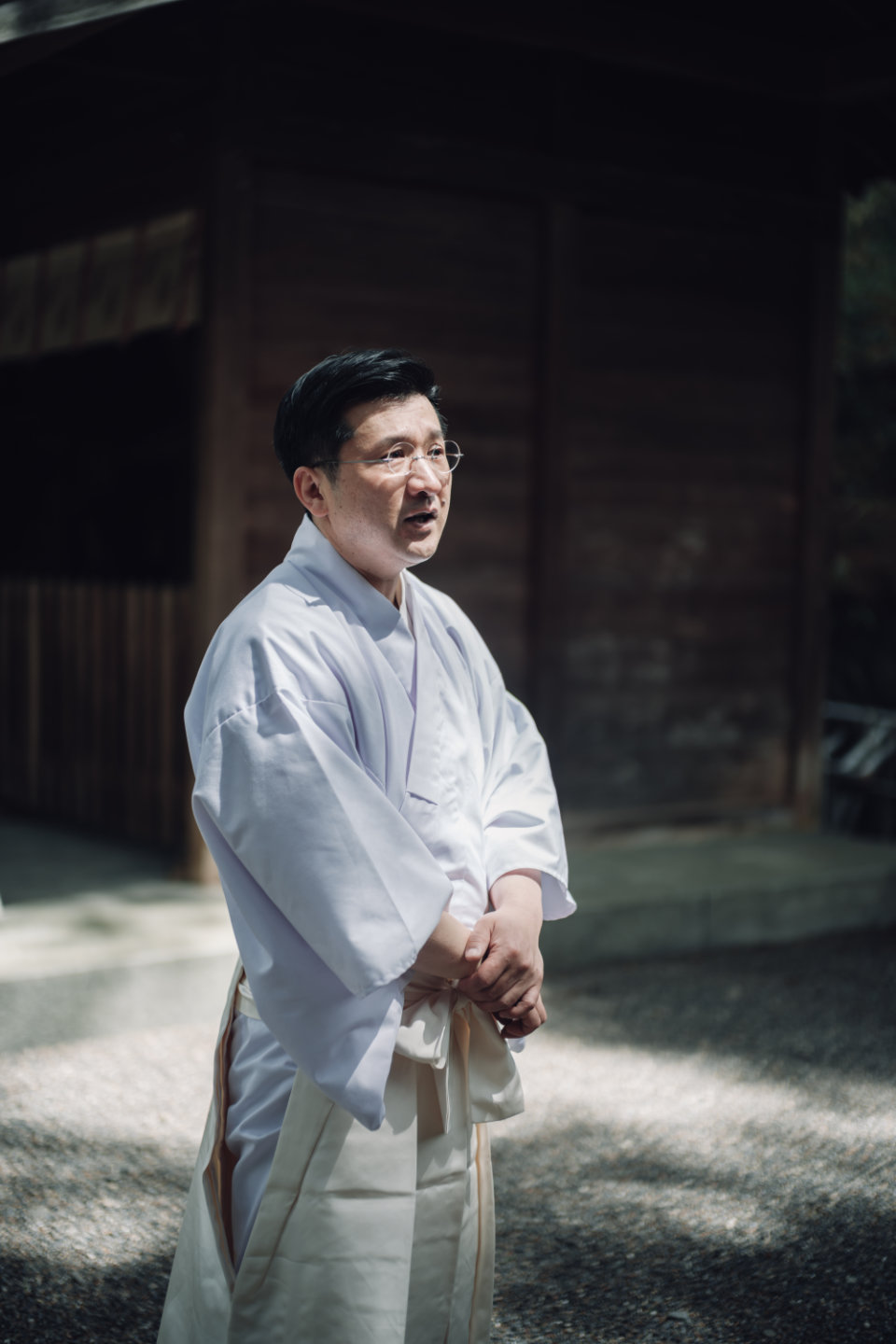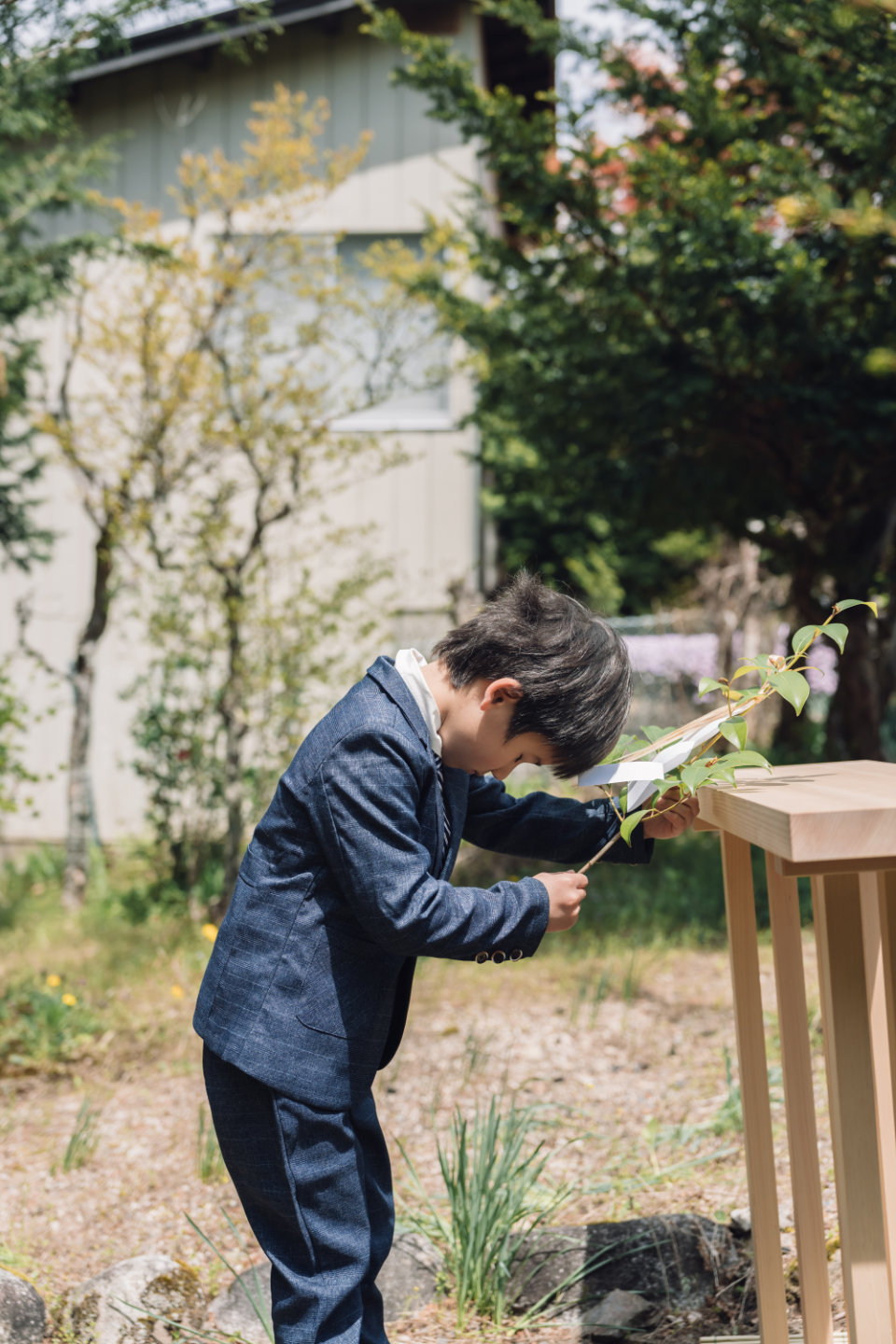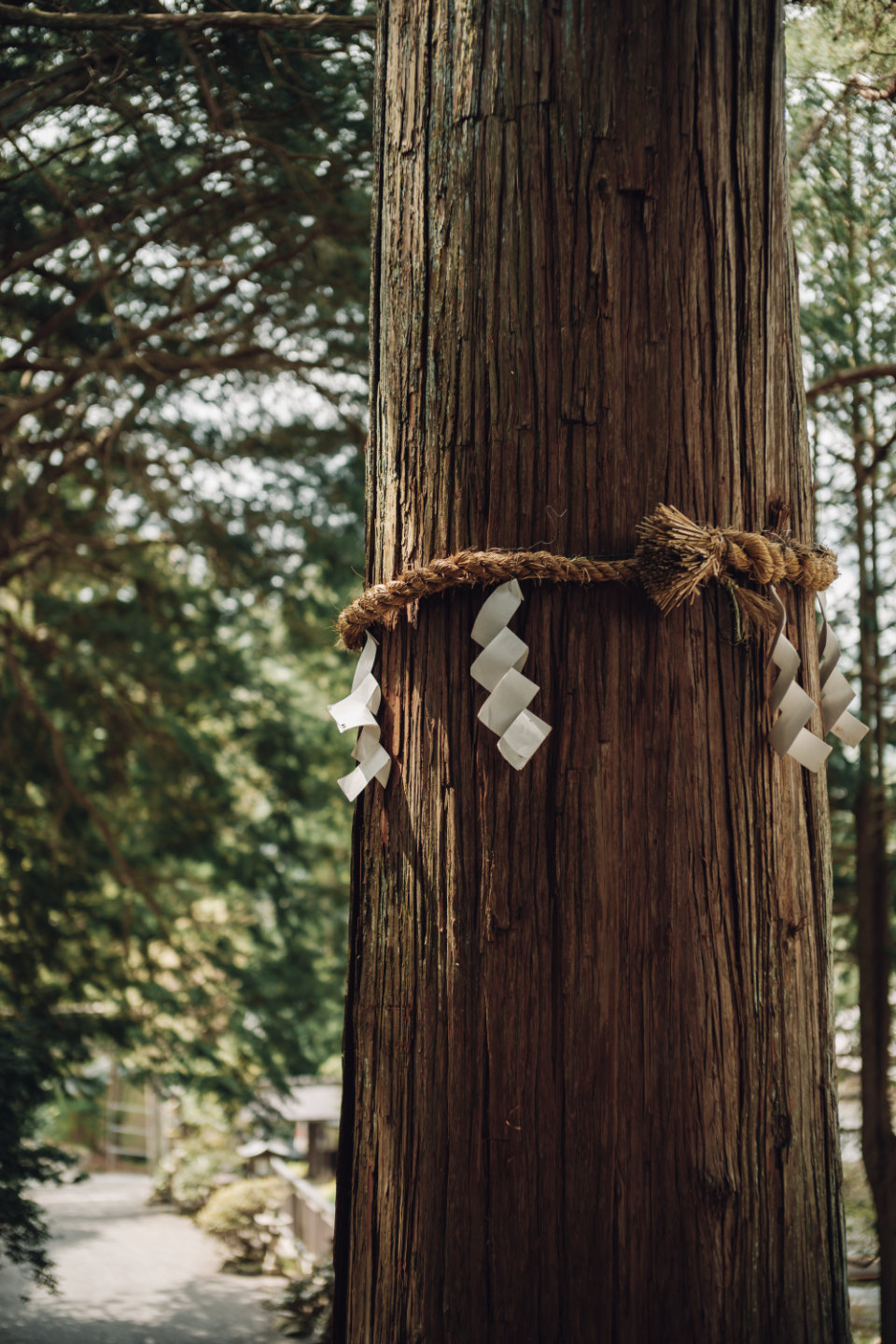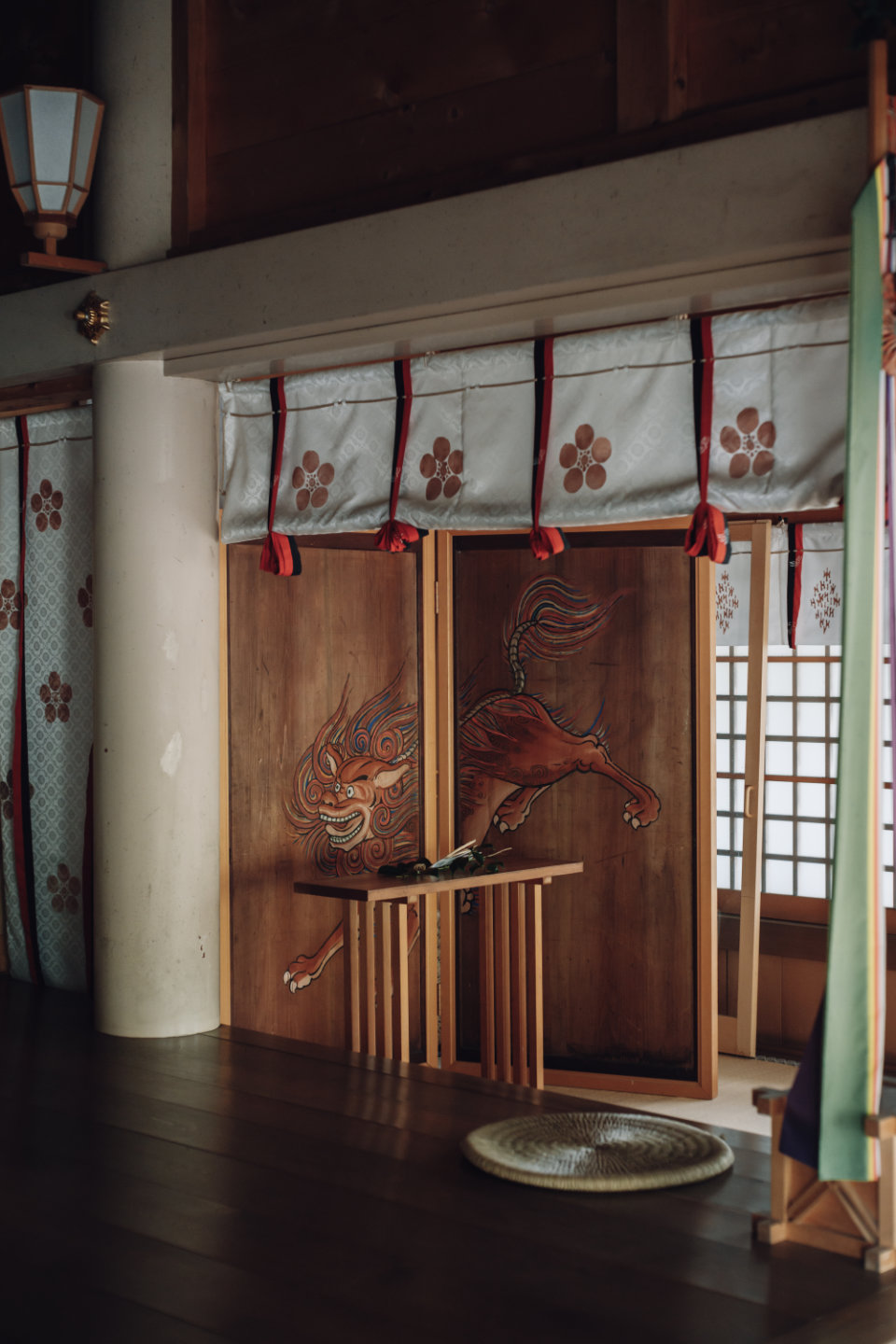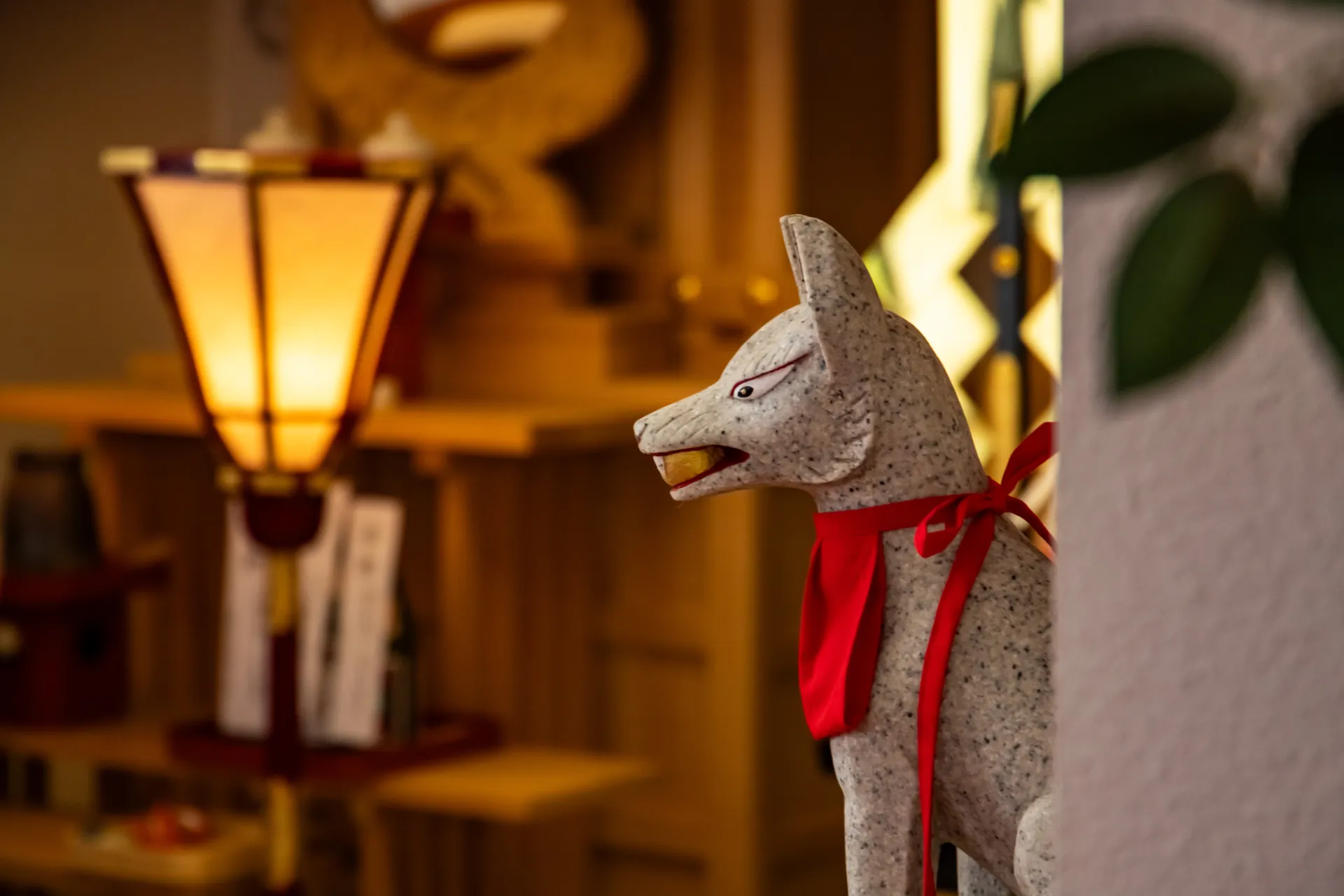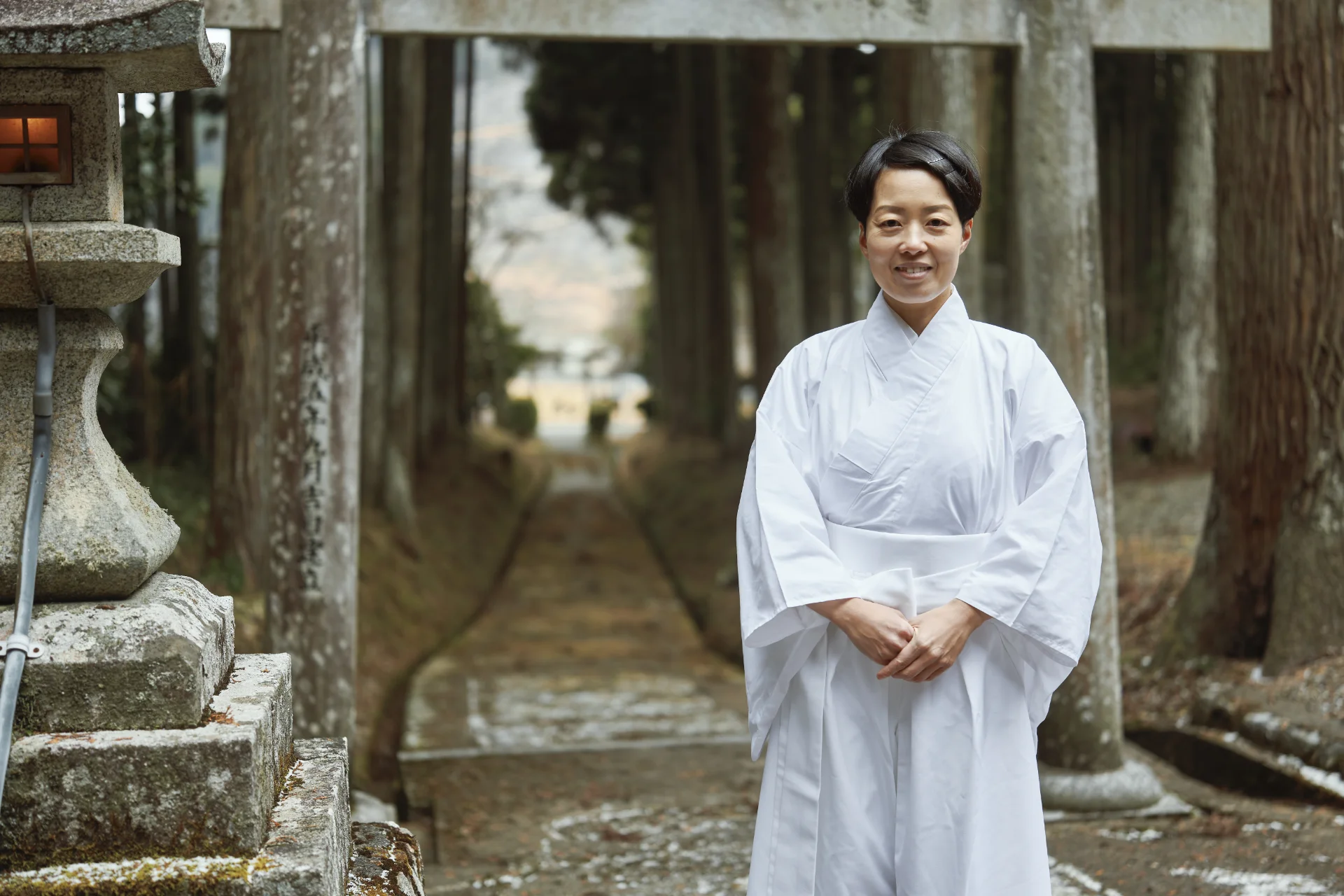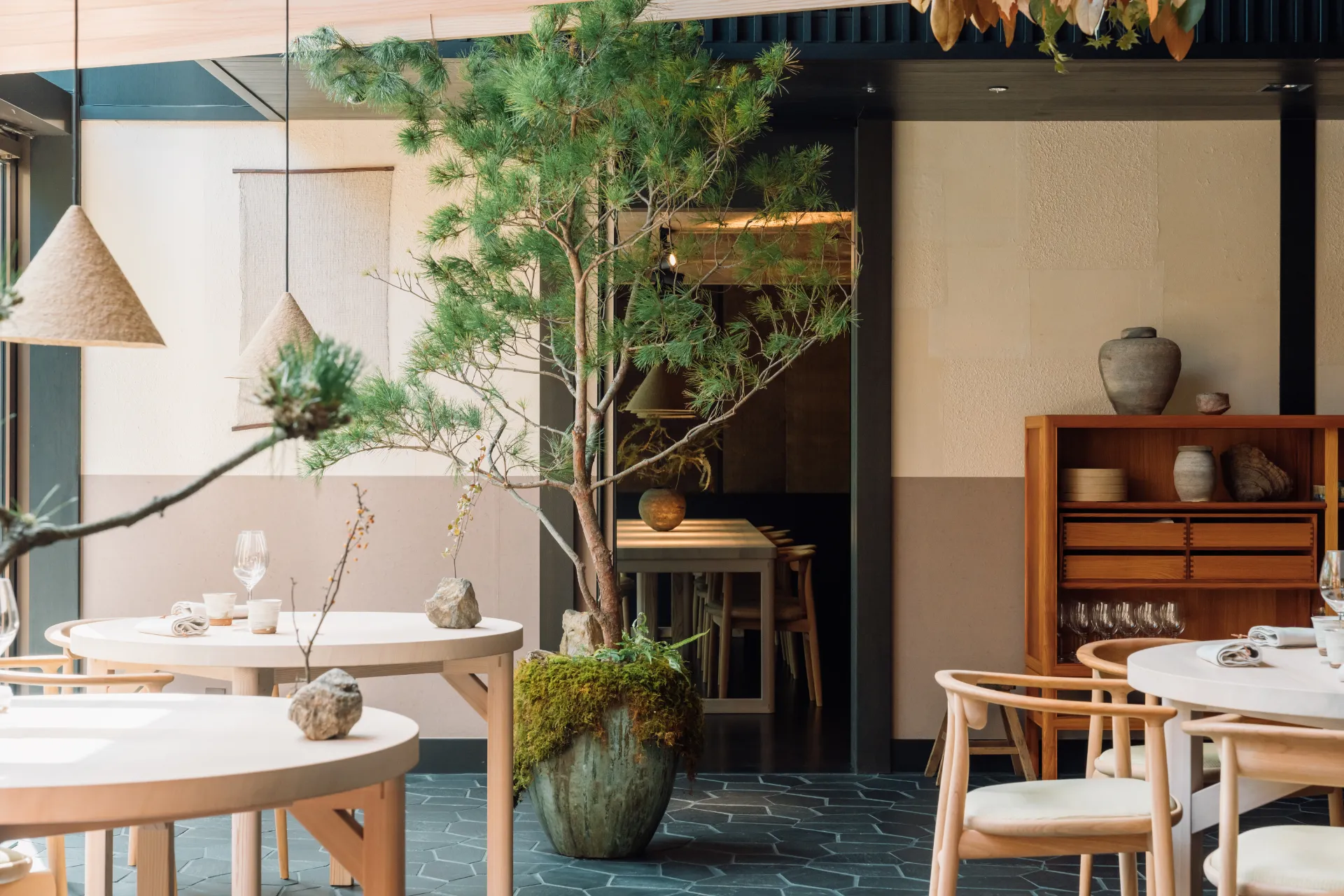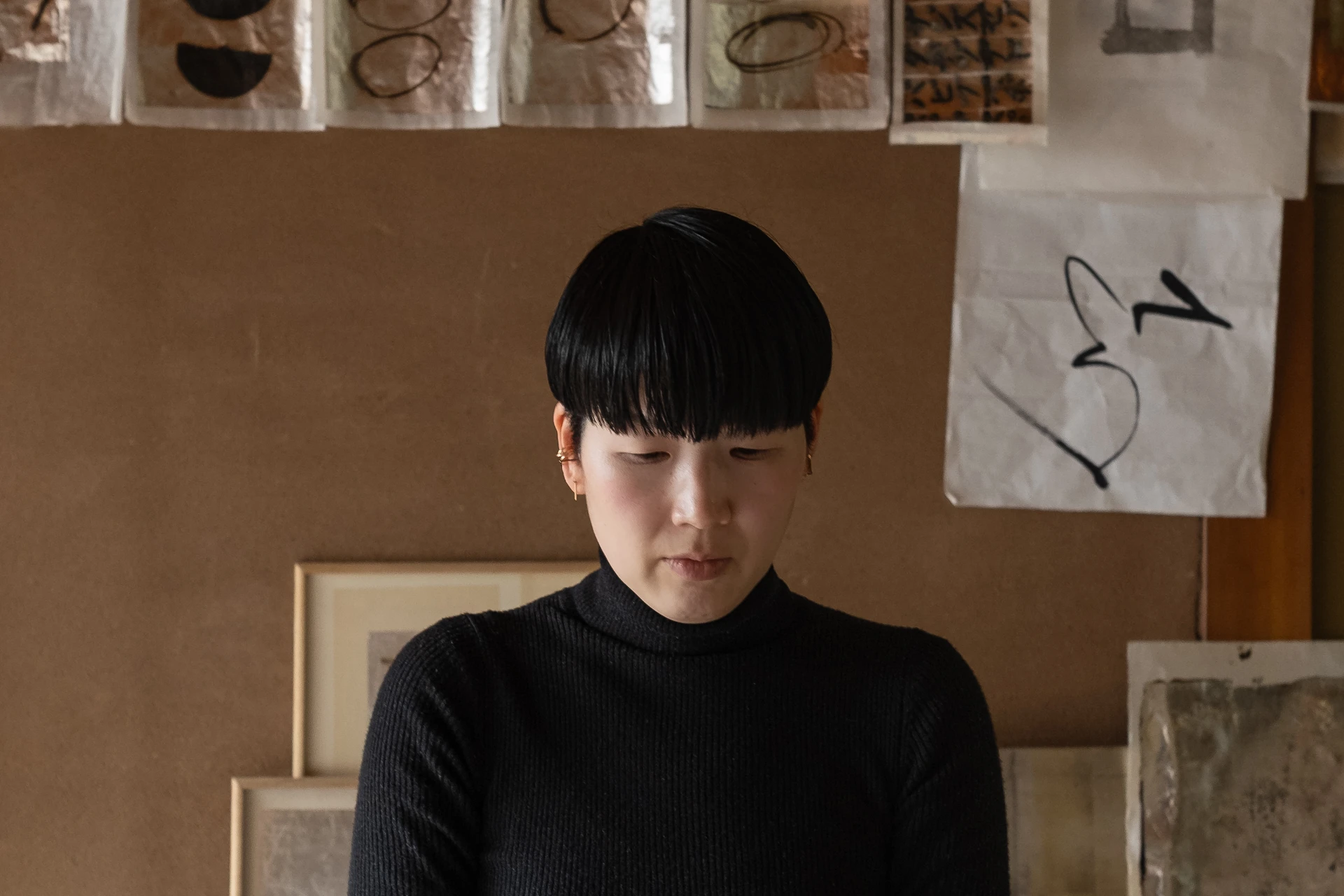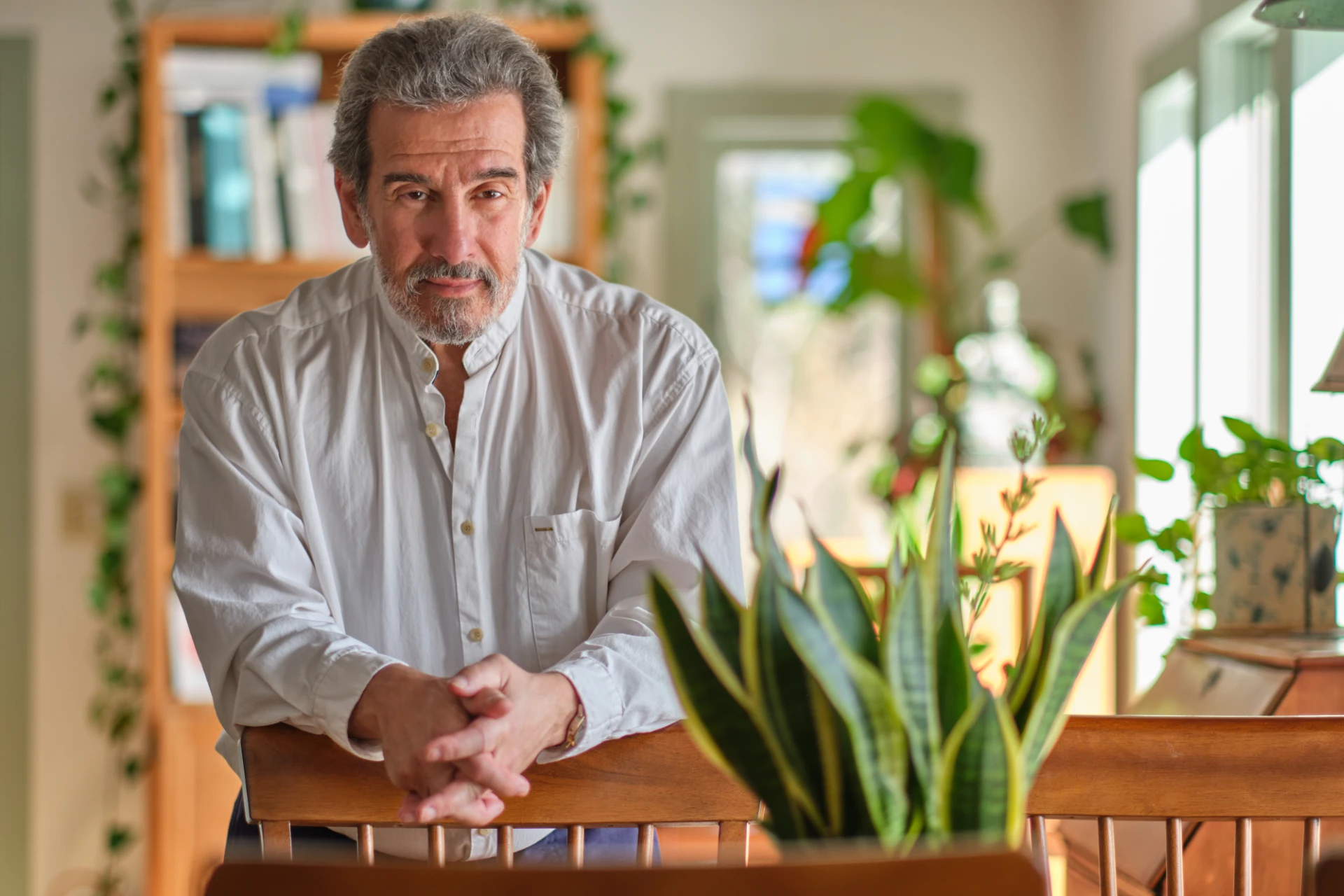Maximizing Our Life Force

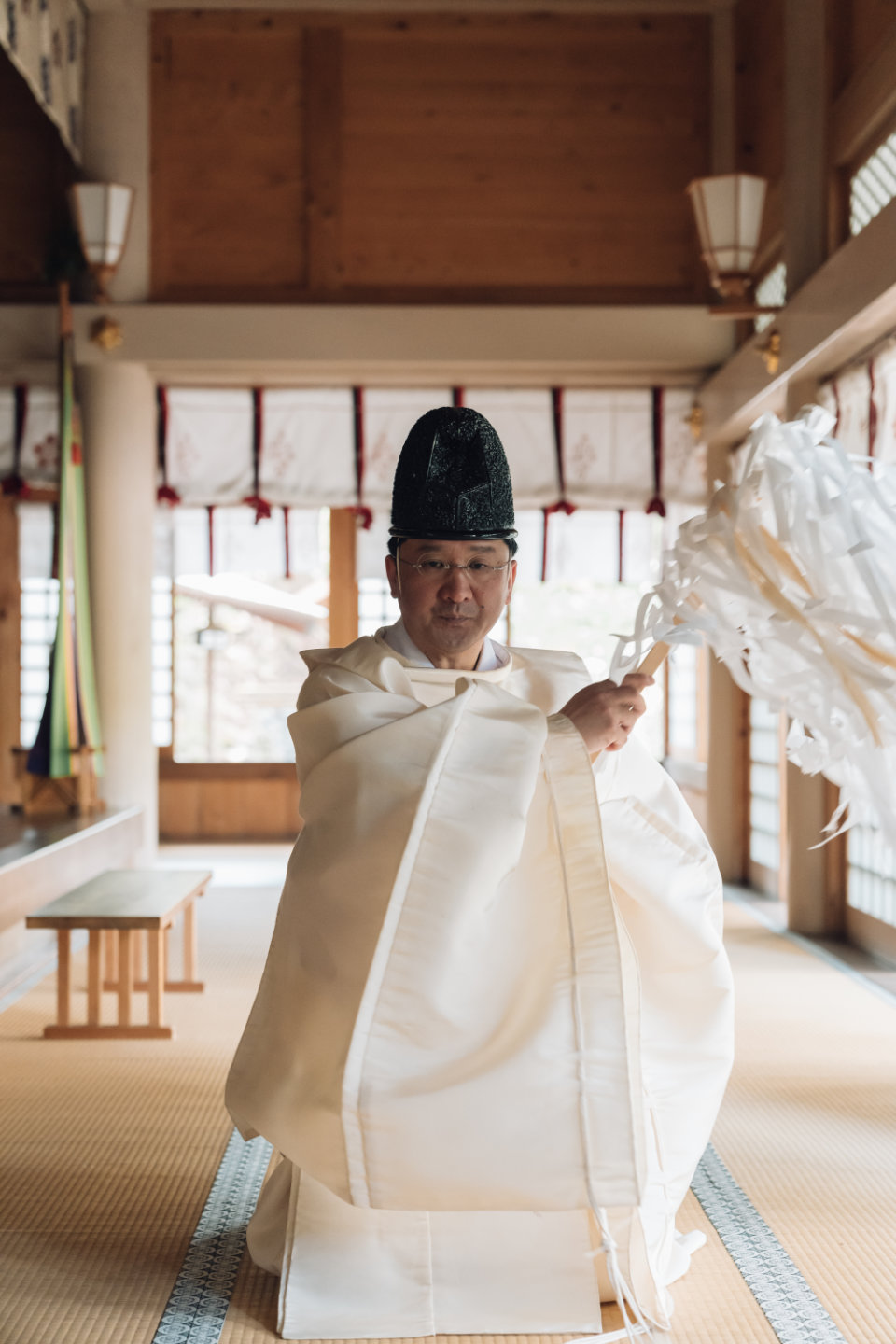
What is Shinto?
And what do you feel are some of its essential qualities?
In Shinto the most important thing is to maximize our life force.
What I mean by maximizing our life force, is not so much about living a long or healthy life. More important is to maximize your unique creative potential.
Each person has different abilities, possibilities and character. In Shinto, we recognize this and see them as unique expressions of the vital force that is present in all things.
Each of us is given a unique gift of being alive as a human being on this earth. Shinto encourages us to realize our full potential and purpose as human beings.
As we go about our lives we naturally accumulate impurities or blockages of this vital force.
So Shinto is about removing the blockages to the flow of this vital force. These blockages are called ‘kegare’. The way we remove those is by various purifying activities, called ‘harae’.
In this way Shinto helps us to maximize our potential. It does this through many different kinds of ceremonies and rituals.
Some of them are very elaborate, like the deconstruction and reconstruction of all the sacred wooden structures of Ise-Jingu every 20 years. Or the special ceremonies that take place at Shinto shrines across the country.
Others are very simple and integrated into the everyday life of Japanese people, like purifying ourselves by washing our hands and mouth before we enter a shrine, carrying an amulet on our school or work bag for protection or good luck, or putting a bit of salt on a small tray by the entrance of a restaurant.
This spirit of purification can be sensed all throughout Japanese culture.
It allows us to give ourselves fully to what life asks from us.
We Are Nature

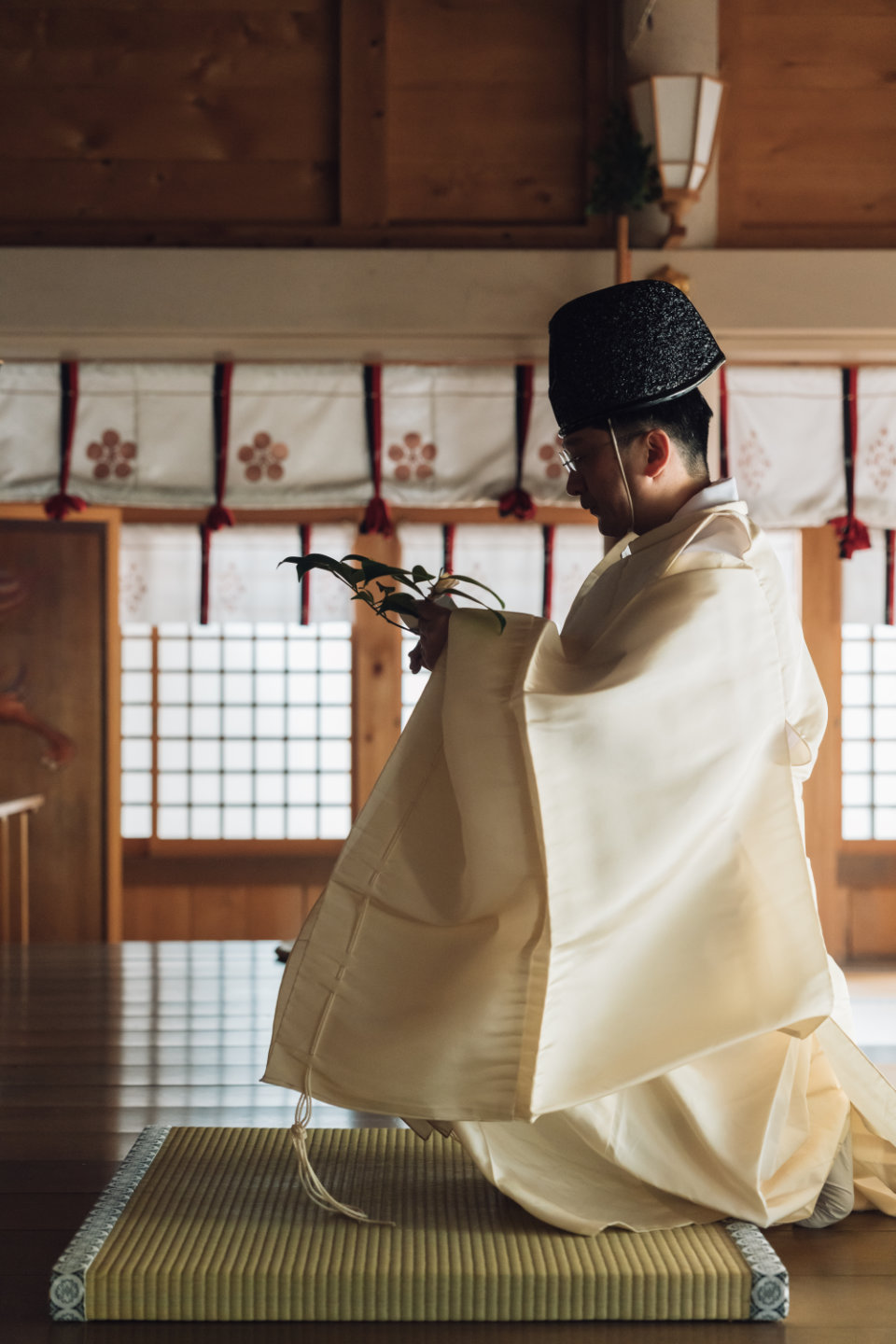
How about Shinto’s reverence for nature?
Of course another essential quality of Shinto is realizing our connection to and reverence of nature. That we are a part of nature and that it’s important to be attuned to both its power and beauty. We are nature, and it is nature that gives and sustains our life.
This awareness is at the heart of the numerous ceremonies, rituals and matsuri festivals that celebrate the seasons and nature. I feel the same sensibility permeates Japanese literature, cuisine, architecture, the tea ceremony, and simply the way we notice beauty and appreciate natural objects and the way they age with time.
But I also feel this often gets over-emphasized or romanticized both by Japanese and those from outside of Japan, and that this focus on maximizing one’s potential that is also central to Shinto is missed or overlooked.
Most people who visit a Shinto shrine come to purify themselves and pray for good luck or health for themselves, or for someone they care about. They want to live a full life.
Continuing a Lineage


You are the 25th generation Shinto priest in your family, serving at the Yabuhara shrine in the mountains of Nagano prefecture.
How did you decide to continue this long lineage?
I received this question many times, especially when I lived in Paris.
To be honest for me it’s quite natural. I was born to be a Shinto priest and I just grew up without question.
Though Shinto priesthood is often seen as a hereditary occupation or role, Shinto families that stretch back more than 10 or even 20 generations like mine, are actually quite rare and account for only about 2-3% of all Shinto officiants in Japan.
My family has always lived next to the shrines, so naturally I would see what my father was doing and lots of people came to visit not just the shrine but also my parents home. It was natural to me and quite unconscious.
In this way I learned a lot about the life of a Shinto priest.
Once a year at my family’s shrine in Nagano, there’s a ceremony of the ancestors. During this ceremony the scrolls with portraits of all my family are hung on the walls of one the shrine buildings.
At this ceremony my grandmother or my father would explain the name of each ancestor and what they did. I have heard and internalized all those stories since childhood.
Of course in the local community people also think I’ll be the successor. So since early childhood people have said and expected me to be a priest in the future.
In this environment, I think it’s difficult to become different.
Connecting Seemingly Opposed Worlds

You have lived in Europe for a long period and combined being a Shinto priest with being a business man.
How do those two roles combine and connect for you?
Initially, I didn’t want to have two ‘jobs’ or roles. I only wanted to be a Shinto officiant.
But to survive I had to work for a company. Once I started I discovered I actually quite enjoyed it and found different ways that my two roles connected.
When I moved to Paris, I was working at a Japanese food company called Ajinomoto. I was their sales and marketing manager. As my local clients included restaurants and the like, when a new restaurant opened I told them I could perform the appropriate Shinto rituals and ceremonies for them. So it turned out that in this job, I could actually use my skills as a Shinto priest a lot.
The world of business and commerce may at first glance appear opposed to the world of Shinto, but I believe this is not true.
Could you say more?
I think in more Western societies the culture is dualistic and very much values secularization.
But in Shinto this isn’t the case.
Almost since the beginning priests have been doing business on the shrine grounds a lot. Of course this also receives criticism, but at least since the 5th or 6th century amulets have been sold on the shrine grounds to visitors for many different purposes. This was actually taken from Taoism as a way to make money and sustain the shrines and the people working there.
And the ceremonies that are performed at a shrine of course also come with a cost.
So I don’t think this combination of being in business and practicing Shinto are anything special. I think they quite naturally flow into each other.
Shinto’s Universal Value


How has living outside of Japan changed your perspective on Shinto and its value to the world?
After many years of living abroad, I came to feel that Shinto has a universal value.
Of course, on the surface, it looks very Japanese. The clothes we wear, the way we speak during the rituals, the form of the ceremonies—it all comes from Japanese culture. But beyond those material elements, I feel that the core message of Shinto is something all people can relate to.
When I performed ceremonies in places like France or Monaco, people often said to me, “I didn’t understand what you were saying, but I felt something.” Some even told me, “Maybe I’m Shinto too.” That kind of reaction made me realize that the essence of Shinto goes beyond culture or language. It speaks to something very human.
For me, Shinto is about feeling connected—to nature, to others, to the past and future, and to ourselves—to the life force that animates and shapes each of us in a unique way. This feeling of aliveness and connection is something many people in the world are searching for.
These days, we have access to people and cultures all over the world. We can fly anywhere, communicate instantly, buy products from anywhere. But even with all this connection, I feel we still don’t really understand each other deeply. Especially the deeper parts of who we are—our roots.
I believe it’s important to have dialogue between roots. Not just between surface opinions or ideas, but between the deeper cultural, spiritual and personal foundations that shape who we are as individuals. When we know where we come from and who we are, we can truly begin to respect each other’s differences.
That is one of my hopes—for Shinto, and for humanity.
